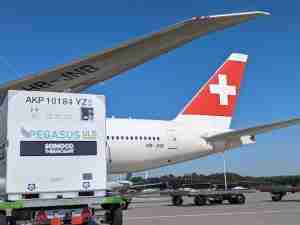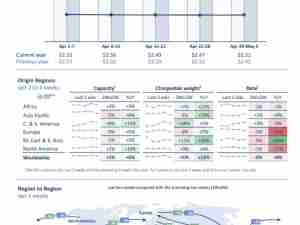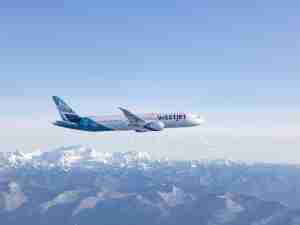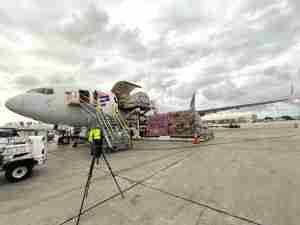Star Navigation Systems Group Ltd. (CSE: SNA) (OTCPINK: SNAVF) (FSE: S3O) ("Star" or the "Company") is proud to announce the launch of its new innovative product ‘The Star Digital Twin’ technology designed to revolutionize the aviation industry through real-time inflight analysis, a connected aircraft, and artificial intelligence (“AI”) analytics to develop a live 3D virtual model of an operating aircraft. Star is also pleased to announce that it has filed for a patent with the United States Patent Office (“USPTO”) as well as the Canadian Intellectual Property Office (“CIPO”).
Star launched the product during a masterclass held at AFRAA’s 11th Aviation Stakeholders Conference held in Addis Ababa, Ethiopia on May 9th, 2023. The patent-pending technology enables airlines to have a real time virtual window into their aircraft to enhance operational efficiency, safety, and overall customer experience.
Anoop Brar, Interim-CEO and Inventor shares “The inspiration for an operational aircraft Digital Twin technology came from widely used use cases such as operational models in oil & gas, simulation of engine manufacturing and IoT (“Internet of Things”) technology. The Digital Twin is an advanced, data-driven solution that creates a live, connected, virtual replica of an asset by leveraging inflight data through Star’s connected aircraft ecosystem, and by leveraging cloud-based artificial intelligence analytics. Participants at the AFRAA Convention were thrilled to learn about futuristic technology and its potential to digitally transform the aviation industry. The Digital Twin is a game-changer, allowing airlines to remotely access an unprecedented level of information about their aircraft while in flight. We are committed to driving the industry forward through innovation and collaboration, and the launch of the Digital Twin at the 11th AFRAA Convention marks a significant step in that journey.”
Star has patented the systems and methods to create a digital twin of an operational aircraft, that will provide operators with real-time, remote flight data and lay the foundation for aviation digital transformation. The effectiveness of the Digital Twin relies on accurate flight data, seamless connectivity, and advanced analytics capabilities. This cutting-edge approach enables a comprehensive analysis of the aircraft's performance and systems, and data analysis that can be unlocked for a wealth of actionable insights to airlines, maintenance crews, and regulators.
Star’s Digital Twin technology is built on the foundation of three key processes which include:
· Inflight Analysis: At its core, the Digital Twin technology works by continuously collecting and analyzing data from an aircraft's various sensors and systems during flight. This data is then processed inflight onboard Star’s edge computer, the STAR-ISMS®, using advanced Artificial Intelligence algorithms. Real-time monitoring and analysis of an aircraft's critical systems, including engine performance, fuel consumption, and structural integrity, allow for predictive maintenance and proactive decision-making.
· The Connected Aircraft: Seamless integration with existing onboard systems and a cloud-based data server through satellites and cellular networks, enables real-time data exchange between the aircraft’s onboard computers and the ground. Data is automatically stored in cloud-based data servers referred to as ‘Data Lakes’ and ‘Data Warehouses’.
· Software Analytics: Advanced Artificial Intelligence (AI) technologies such as machine learning algorithms process and analyze vast amounts of data from the data lake, identifying patterns and trends, and visualizing the data in 2D, 3D, graphical, and tabular formats. The ability to analyze and visualize data empowers airlines to remotely monitor their aircraft and optimize their operations, reduce costs, and improve the passenger experience.
The launch of Digital Twin technology is a significant milestone for Star and the aviation industry, as it offers unparalleled insights into an aircraft's performance and condition. By harnessing the power of AI and real-time inflight analysis, airlines can now proactively enhance safety, and optimize maintenance and operations.












